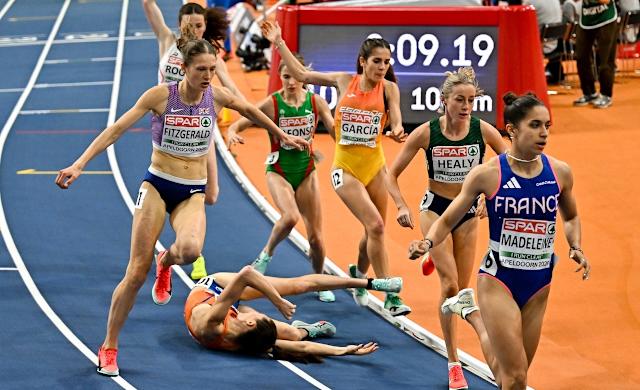The 6-minute walk test (6MWT) is a straightforward yet powerful tool for assessing an individual’s functional exercise capacity and predicting various health outcomes. Widely used by clinicians, it offers essential insights into cardiovascular, pulmonary, and overall physical fitness. In this guide, we will explore the procedure, clinical applications, and predictive value of the 6MWT in great detail.
What is the 6-Minute Walk Test (6MWT)?

The 6-minute walk test is a sub-maximal exercise test designed to evaluate an individual’s capacity to perform physical activity. The goal is to walk as far as possible for six minutes on a flat, straight pathway. The total distance covered, known as the 6-minute walk distance (6MWD), serves as a critical indicator of functional status.
This test is particularly useful for patients with chronic illnesses such as heart failure, pulmonary hypertension, chronic obstructive pulmonary disease (COPD), and other conditions that affect mobility and endurance.
How is the 6MWT Performed?
Test Setup and Equipment
- Pathway: A flat, straight, indoor corridor at least 30 meters (100 feet) in length.
- Markers: Cones or markers at each end of the walkway.
- Timer: A stopwatch or timer to measure six minutes.
- Oximeter: For monitoring oxygen saturation and heart rate (optional but recommended).
- Chair: Placed at the starting point in case the patient needs to rest.
Step-by-Step Procedure
- Preparation:
- Instruct the patient to wear comfortable clothing and suitable walking shoes.
- Ensure the patient has rested for at least 10 minutes before the test.
- Measure baseline vitals: heart rate, blood pressure, and oxygen saturation.
- Instructions:
- Explain the purpose of the test: “Walk as far as you can in six minutes. You can slow down, stop, or rest if necessary, but try to resume walking as soon as possible.”
- Conducting the Test:
- Start the timer and signal the patient to begin walking.
- Offer standardized encouragement at intervals (e.g., “You are doing well,” “Keep up the good work”).
- Record any signs of fatigue or shortness of breath.
- Completion:
- At the six-minute mark, instruct the patient to stop.
- Measure the total distance covered (in meters).
- Record post-test vitals and any symptoms (e.g., dizziness, dyspnea).
Clinical Significance of the 6MWT
Cardiopulmonary Assessment
The 6MWT is a valuable tool for evaluating cardiopulmonary function. The distance walked during the test reflects the efficiency of the heart, lungs, and muscles in utilizing oxygen. The 6MWD provides critical insights into disease severity and functional status for patients with heart failure or pulmonary hypertension.
Monitoring Disease Progression
The 6MWT helps track disease progression over time in chronic illnesses such as COPD. A declining 6MWD can indicate worsening pulmonary function or decreased exercise tolerance, prompting adjustments to treatment plans.
Preoperative and Postoperative Assessment
For patients undergoing major surgeries, especially lung or heart procedures, the 6MWT helps predict surgical risks and recovery outcomes. Postoperatively, it can assess rehabilitation progress and guide physical therapy.
Response to Treatment
The 6MWT is used to evaluate the effectiveness of medical interventions, such as medications, oxygen therapy, or pulmonary rehabilitation programs. An improvement in the 6MWD often signifies a positive response to treatment.
Normal Values and Interpretation
Reference Ranges
6MWD results vary based on age, sex, and fitness level. Below are typical reference ranges for healthy adults:
| Age Group | Male (meters) | Female (meters) |
|---|---|---|
| 40-49 years | 580-640 | 500-550 |
| 50-59 years | 540-600 | 460-520 |
| 60-69 years | 500-560 | 420-480 |
| 70-79 years | 460-520 | 380-440 |
Factors Affecting 6MWD
- Age: Older individuals generally cover shorter distances.
- Sex: Men typically walk farther than women.
- Height and Weight: Taller individuals may achieve longer strides, while obesity can limit walking distance.
- Comorbidities: Conditions like arthritis, neurological disorders, and cardiovascular disease can impact performance.



 By
By

















